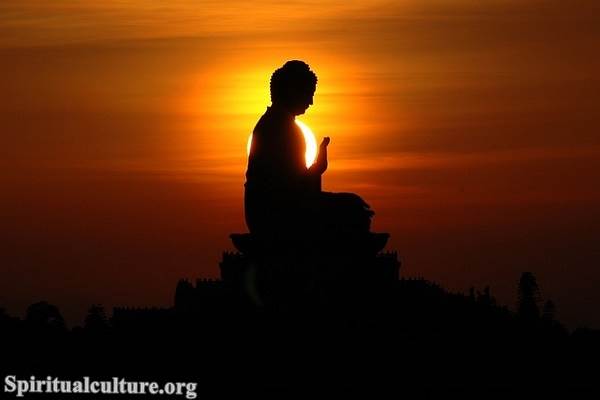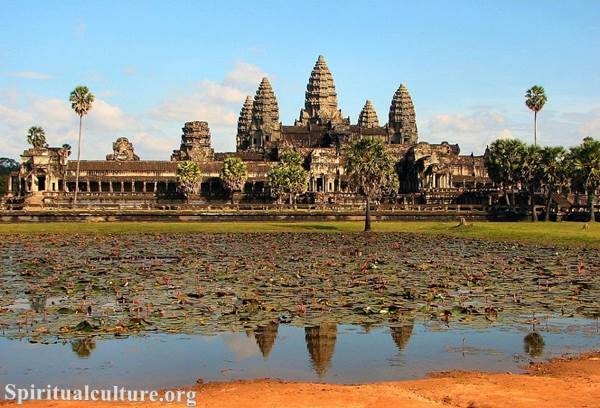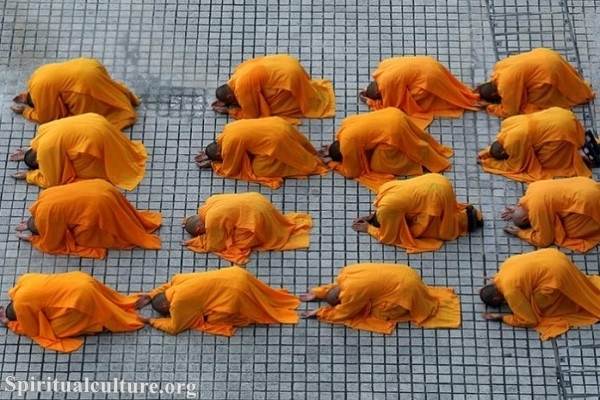Buddhism, one of the world’s oldest religions, is practiced by millions of people worldwide. This spiritual tradition, rich in philosophy and inner exploration, has its roots in the teachings of Siddhartha Gautama, also known as the Buddha. The teachings of Buddha and the philosophy of Buddhism are captured in the Buddhism holy book, a collection of texts that serve as a guide for followers of this faith.
Buddhism
Buddhism originated in India around the 6th century BC. Siddhartha Gautama, the Buddha, was a prince who renounced his royal life in search of truth and enlightenment. His teachings, known as Dharma, form the foundation of Buddhism. Buddhism mainly focuses on understanding human suffering and how to overcome it through morality, meditation, and wisdom.
Buddhism Holy Book
Unlike many other religions, Buddhism does not have a single holy book that contains all the teachings and philosophies of the religion. Instead, there are several texts, collectively known as the Tripitaka or the “Three Baskets”, which are considered sacred and authoritative. These texts are written in Pali, an ancient Indian language, and are regarded as the most ancient and authentic record of the Buddha’s teachings.
The Tripitaka, also known as the Pali Canon, is divided into three sections: Vinaya Pitaka, Sutta Pitaka, and Abhidhamma Pitaka. Each of these sections serves a unique purpose and contributes to the overall understanding of Buddhism.
1. Vinaya Pitaka: This section of the Buddhism holy book contains rules for monastic discipline. It sets the code of conduct for monks and nuns, detailing their duties, responsibilities, and the ethical guidelines they should follow.
2. Sutta Pitaka: The Sutta Pitaka is the largest section of the Tripitaka. It consists of discourses, sermons, and teachings of the Buddha and his close disciples. This section provides a comprehensive understanding of Buddhist philosophy, ethics, and meditation techniques.
3. Abhidhamma Pitaka: The Abhidhamma Pitaka is the last section of the Tripitaka. It contains detailed philosophical and psychological analysis of Buddhist teachings. This section is considered the most complex and profound, offering deep insights into the nature of reality and human existence.
Apart from the Tripitaka, there are other important Buddhist texts such as the Jataka Tales, which are stories about the previous lives of the Buddha, illustrating moral lessons. The Mahayana Sutras, including the Lotus Sutra and the Heart Sutra, are also significant texts in Mahayana Buddhism.
The Buddhism holy book is not just a religious text, but also a profound philosophical guide. It doesn’t demand blind faith or obedience but encourages followers to seek wisdom through personal experience and introspection. The teachings in these texts promote compassion, mindfulness, and the pursuit of enlightenment.
In conclusion, the Buddhism holy book, with its diverse collection of texts, offers profound insights into human existence and the nature of reality. It serves as a guide to living a life of compassion, wisdom, and inner peace. Whether you are a practicing Buddhist or simply someone interested in philosophy and spirituality, exploring these sacred texts can offer valuable perspectives and wisdom.



